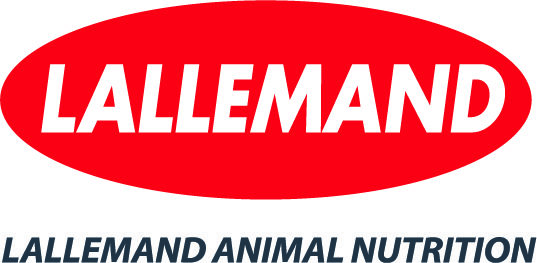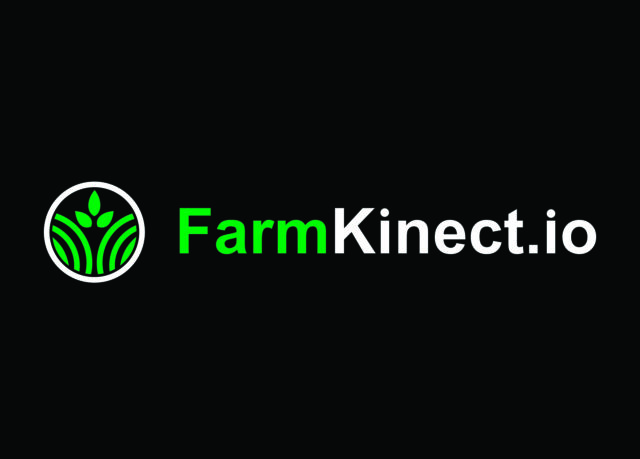The conference starts with an evening wine and cheese reception on March 21 and continues with two full days of presentations. Industry experts will address a variety of topics that fall within the conference theme of making profit-driven dairy management decisions and key aspects of dairy farming that affect the bottom line. Read on to learn more about some of the general sessions as the presenters from Tuesday afternoon answer questions about their presentations.
In a symposium press release, Ben Sterk, chairman of PDO, said, “As we are getting ready for our 2016 symposium, we are faced with more changes in our industry. The EU and TPP [Trans-Pacific Partnership] trade agreements are opening up our markets to more imports, and we will have to become more focused on how to produce milk in a more efficient way and how to survive in a new dairy producing environment. At our symposium, we will have a mix of presentations on how to be more focused on efficiency and how to stay successful in the future.”
The keynote speakers include Donald Cooper, formerly of Cooper Sporting Goods, who will provide his view on “The Business Side of Ag,” and Bruce Tulgan from Rainmaker Thinking, who will address the audience on the “Fundamentals of Management and Employee Relations,” as well as conduct an interactive question and answer workshop session.
For more information and to register for the symposium, go to the PDO website.

Drivers of Feed Efficiency
Mike Vandehaar, Michigan State University
Why is this topic important?
VANDEHAAR: Feed efficiency is a major determinant of profitability for farms and a sustainable and secure food supply for society.
What do you hope attendees will take away from this presentation?
VANDEHAAR: Improved efficiency can be achieved by nutritional grouping to feed cows according to requirements and by continuing to breed and manage for higher production. To decrease feed needs relative to milk output, we should stop breeding for large cows and look for cows that need less feed per unit of milk produced. Within the next five years, we likely will use genomics to find the most efficient cows.

Transition Your Cows Better
Stephen LeBlanc, University of Guelph
Why is this topic important?
LeBLANC: Nearly half of cows experience at least one form of subclinical disease in early lactation. Only some of this is obvious without looking, but the effects on subsequent production and reproduction can be substantial. There are several opportunities for monitoring and early treatment programs that are successfully used in leading herds, but underused in the industry as a whole.
What do you hope attendees will take away from this presentation?
LeBLANC: While there is still a lot to learn, there are practical, evidence-based management actions available to prevent, detect or treat hypocalcemia, ketosis and reproductive tract disease.

Internal Benchmarking to Lower Cost
Greg Bethard, Ponderosa Dairy
Why is this topic important?
BETHARD: Most dairy producers in the U.S. operate in a commodity environment, so a low cost of production is key to success. There are many ways to achieve a low cost of production; it is typically a function of diluting costs through productivity and efficiency. This topic is always important, but particularly so during challenging milk price years. Striving to lower break-even milk price will position a dairy business to succeed long-term in a competitive market.
What do you hope attendees will take away from this presentation?
BETHARD: I hope they take away that they need to be measuring financial performance and efficiencies. Milk per cow, pregnancy rate, peak milk, etc. are typically measured by most dairy producers, and they are important. But more important is a properly constructed profit and loss statement, and an accurate balance sheet. These statements are crucial for a dairy business.

Does Technology Pay for Itself?
Henk Hogeveen, Wageningen University
Why is this topic important?
HOGEVEEN: There is an enormous amount of developments towards novel sensor technologies. Many of these technologies have the potential to reduce the amount of needed labour and improve the quality of work. In my opinion, farmers are indebted to society to treat animals as individuals and not as groups. Precision dairy farming technology enables that, without reducing the productivity of farmers.
Of course, this technology has to be cost-effective. Although some of the economic potential of precision technology lies in the value chain, the investments have to be made by farmers. In order to calculate the cost-efficiency of novel precision farming technology, we should be aware of the improved management and productivity due to the new technology.
What do you hope attendees will take away from this presentation?
HOGEVEEN: Currently, farmers do not exploit the full potential of precision farming technology. In order to do so, management skills should be developed further and differently. PD









